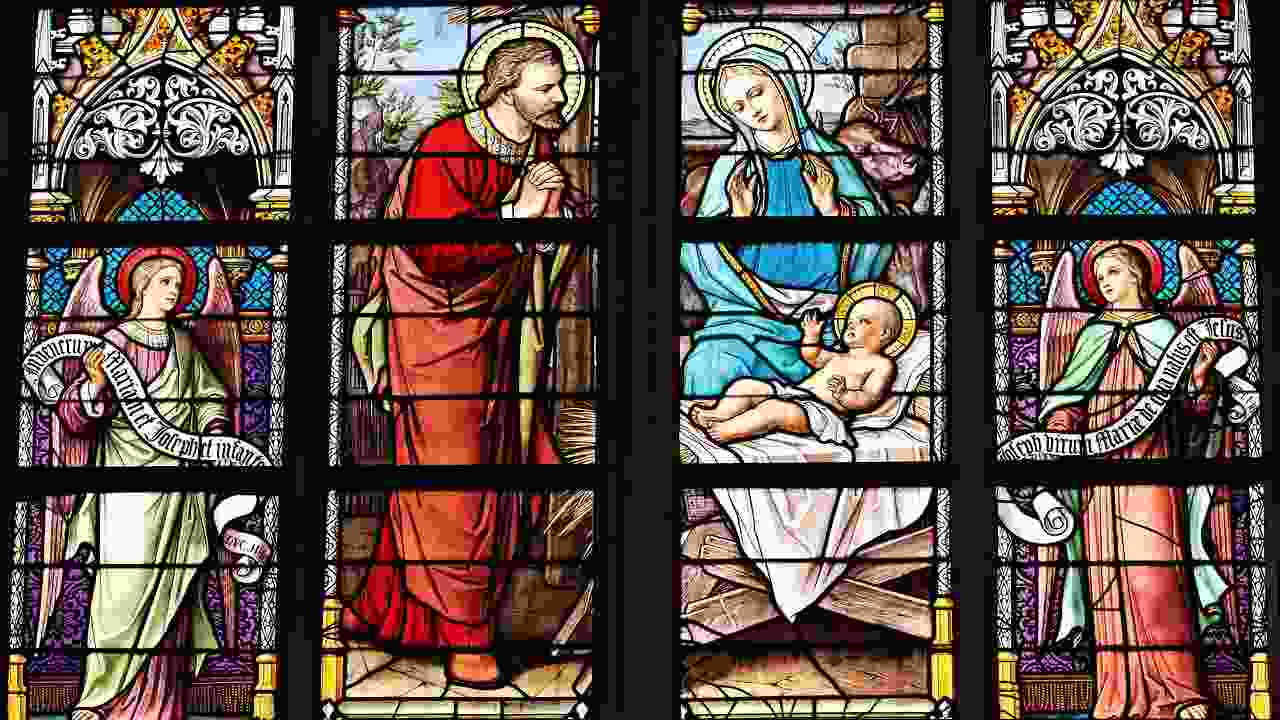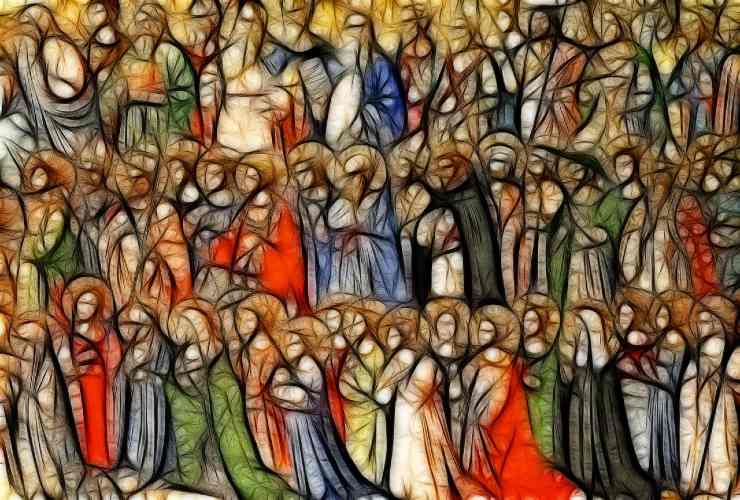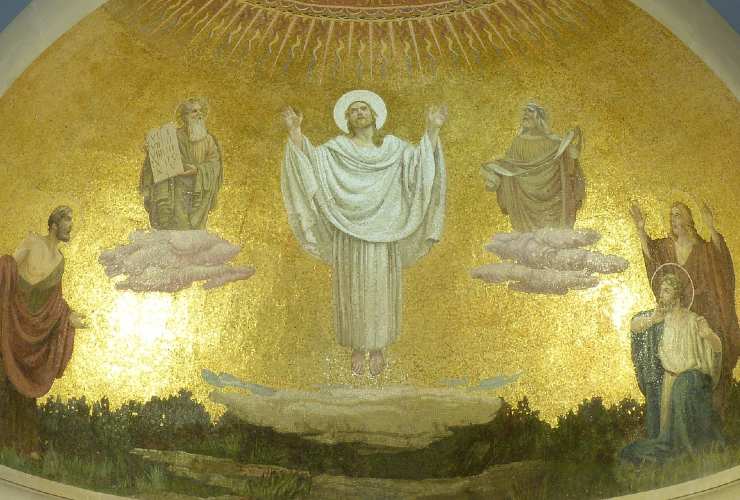November 1 is All Saints’ Day, a religious holiday that also has its origins in ancient pagan customs that have evolved over centuries. Also known as All Saints Day, this is a very important time for the Christian Church.
On All Saints Day, Christians celebrate and give glory and honor to all saints, even those who are not canonized. In the liturgical calendar, this recurrence is indicated as Solemnity and refers to the feast which falls on November 1.

Even if, today, it is a holiday totally assumed by religion, the origins of this day are confused with the pagan culture and more precisely with the ancient Celtic culture. Indeed, before the assimilation of this tradition, the celebration of the Saints took place on May 13th.
From Celtic tradition to Christianity
In the 4th century in Antioch the commemoration of the saints corresponded to the Sunday following Pentecost. But many testimonies tell that, until the Eastern churches of today, many denominations celebrated the feast of All Saints on May 13th. This date in particular seems to derive from the Roman feast of the Dedicatio Sanctae Mariae ad Martyres. It is the celebration of the anniversary of the transformation of the Pantheon into a church dedicated to the Virgin and to all the Saints.

But to arrive at November 1, we have to go back to Pope Gregory III, who decided to move the celebration of All Saints’ Day to the day on which the consecration of the chapel to Saint Peter took place to the relics of the Holy Apostles. and of all the saints, martyrs and confessors. However, upon further analysis, the hypothesis that the date of November 1 is not accidental, as it coincides with the ancient Celtic New Year feast, cannot be ruled out. The culture of the Celts, in fact, was closely linked to that of the Romans after the conquest of Gaul. Most likely, the intention was to Christianize the pagan rite of this ancient culture.
All Saints Day today
The feast of All Saints presents various references linked to the Celtic tradition which divided the year into two moments, marked by two days. The day of rebirth fell in May (corresponding to spring), the second feast was that of death and immobility (in November). In the same historical period, the Romans also celebrated a recurrence similar to that of the Celtics, both in date and in meaning, the Pomona. When the Romans conquered Gaul, these two pagan festivals merged. Initially, they were linked to the agricultural and pagan world, but with the advent of Christianity, a spiritual and religious significance was attributed to this anniversary.

However, there remains this “contact” between life and death, between Heaven and Earth. The saints are those who enjoy the glory of God and who are an example for all Christians. With Pope Gregory IV, in 835, All Saints’ Day became a feast of precepts and fixed on November 1st. Finally, it was not until 1475 that the feast was made compulsory for all of Christendom at the request of Pope Sixtus IV. The new liturgical calendar of the Second Vatican Council considers All Saints Day to be a solemn feast recognized by the State: the Church there “proclaims the paschal mystery realized in the saints who have suffered with Christ and are glorified with him”.